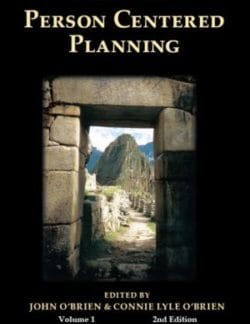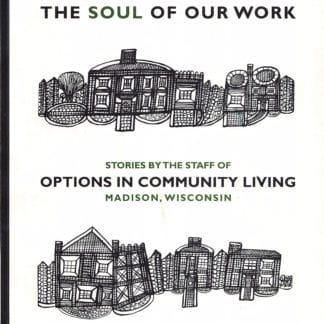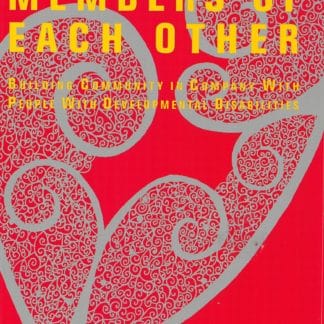John O’Brien
Dec. 2013
My continuing passion is to part a curtain, that invisible veil of indifference that falls between us and that blinds us to each other’s presence, each other’s wonder, each other’s human plight.
― Eudora Welty “
Person-centered planning is often useful and sometimes powerful. When it is powerful, a changing sense of what is possible and worthy of effort generates new opportunities and innovative forms of support. Expectations shift in a deep way, direction grows more clear and compelling, and shared engagement in opening new paths grows stronger.”
The trouble with person-centered planning lies in what makes it powerful. Skill in the practices that define an approach to planning matters, but does not assure real change. Strategy in its deployment matters, but does not assure real change.3 When it is powerful, person-centered planning hosts experiences that resonate with the passion that moved Miss Welty’s writing. Gathering to affirm a person in their interdependence awakens those engaged to their mutual presence, wonder and plight. This collective awakening demands and guides action as people make time to facilitate expressions of higher purpose, recognize possibilities and coordinate commitments to move toward a better community future.”
1This is a reflection on a discussion of the meanings and distortions of the term “person-centered” at the 2013 TASH Conference in Chicago. Angela Amado facilitated the discussion and Pam Walker will provide a better record of the discussion and its conclusions, which is fortunate as this reflection is almost completely tangential to the conversation.”



